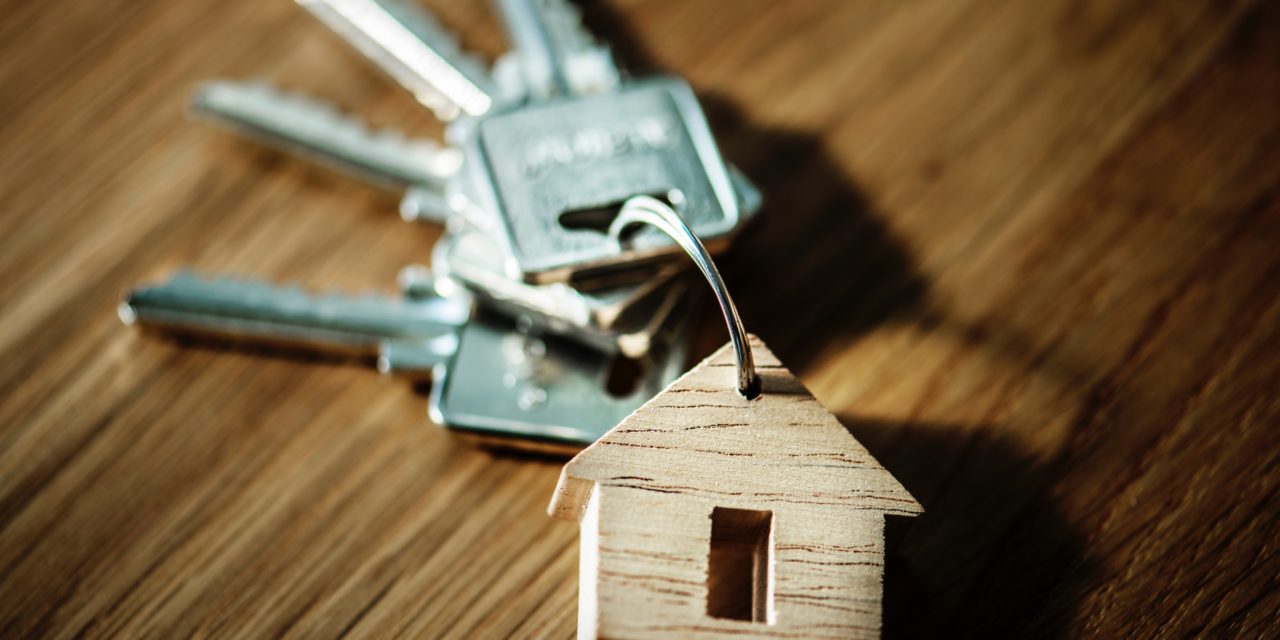Readers of a certain age will know the lyrics “Love and marriage, love and marriage/ Go together like a horse and carriage.” Most people just assume that the next stage in life is purchasing a home. However, Americans are increasingly either waiting to complete that progression or choosing a different path altogether.

Photo of couple in real estate agent’s office courtesy of www.pallspera.com, CC BY 2.0.
Married couples made up 66% of homebuyers in 2013. That’s the highest percentage since 2001, and it makes sense because combined salaries allow couples to buy bigger homes. However, real estate analysts feel another statistic could end up hampering the number of new homebuyers.
Married couples are the largest bloc of buyers, but recent U.S. Census Bureau data reveals that more adults are delaying getting married, a fact that could affect future home sales. Although 2013 was the first year that the U.S. Census Bureau included same-sex marriages in its data, the decades-long decline in the marriage rate continues. According to Pew Research Center calculations based on the 2013 American Community Survey, the share of Americans age 18 and older who are currently married dropped to 50.3% in 2013. According to John Burns Real Estate Consulting LLC, the share of men ages 25–29 who are married is down 48% since 1970, and women in the same age bracket who are married was down 43% in the same period.
The traditional idea of life is a series of big moments: graduation, marriage, buying a home, having a child, etc. The modern reality is more complicated and unpredictable. Women are increasingly waiting to marry and have children, typically prioritizing education and career first. A December 2013 report from the U.S. Department of Health and Human Services showed that the mean age of mothers having their first child was 25.8 in 2012, up from 21.4 in 1970. Birth rates reached a record low for women in their teens and early twenties, declined for women ages 25–29, and increased for women ages 30–44.
In addition to delayed marriage and childbirth, concerns about income stability and the ability to pay off large debts appear to have contributed to the decades-long slump in home ownership among young people. According to a study by economists at the Federal Reserve Bank of Chicago and the University of Iowa, the trend toward marrying later or not at all has lowered home ownership among Americans ages 25–44 since 1980. But homeownership has dropped even among young married people, which the authors say is likely due to economic insecurity.
According to a report by the Joint Center for Housing Studies of Harvard University, the U.S. home ownership rate dropped to 65.1% in 2013, the 9th consecutive year that the national home ownership rate declined. The decrease has been highest among younger adults, but the Current Population Survey shows that home ownership rates for all age groups between 25 and 54 are at their lowest point since recordkeeping began in 1976.
Unlike the days when Frank Sinatra sang about the inevitability of love and marriage, these days we seem to be losing the expectation of reaching traditional milestones in any particular order, and perhaps the American Dream is changing. Younger generations may not aspire to home ownership in the same way previous generations did. What do you think? Let us know in the comments.






Recent Comments